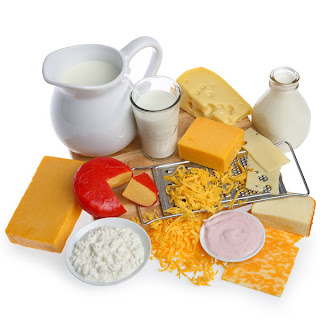Soba Noodle Bowl

I love Asian
inspired dishes. They are usually pretty
easy to whip up, can be very nutritional, and so tasty! My father was raised in South Korea so as
kids my sisters and I grew up eating kim, kimchi, rice with a fried egg on top,
and stir fry almost weekly. These dishes
are still something I crave time to time - even though my boyfriend looks at me
strange when I break the gooey yolk of a fried egg over my rice...mmmm=). This dish was a spur-the moment, "throw
it together" lunch I whipped up one day.
Soba noodles are very nutritional, extremely versatile, and taste
delicious! I served mine with a little
side of kimchi (fermented vegetables have amazing health benefits and are full
of probiotics!) pictured here. Let me
know some of your favorite childhood dishes!
Enjoy!
Ingredients
Sauce:
2 tablespoons oyster sauce (fish sauce would work too)
2 tablespoons of low sodium soy sauce
1-2 tablespoons of water
1 tablespoon water mixed with 1 tablespoon cornstarch to use
as a thickener
Rest of Ingredients:
Soba noodles
oil of your choice for frying (I use grape seed oil)
granulated garlic
broccoli (or veggies of your choice)
green onions
onions
tofu
kimchi (optional)
Steps:
1. Cook soba noodles
according to instructions...don't overcook as they tend to get slimy. When finished, strain and rinse quickly with
cold water to stop cooking process.
2. In frying pan heat
a few tablespoons of grape seed oil. Add the chopped veggies of your choice
(leave green onions out and use them as a fresh garnish on top). Fry the
veggies for a couple minutes, then add a few table spoons of water and cover so
the veggies soften. Let them soften just
a little bit, you don't want soggy veggies!
Set aside.
3. Slice your tofu
and squeeze out excess water in a paper towel.
Next, sprinkle tofu with granulated garlic and fry until slightly golden
on each side in a little bit of grape seed oil.
Remove from heat and cube.
4. Make your sauce in a small saucepan over medium
heat. Combine everything except
cornstarch mixture. When sauce first
starts to boil slowly whisk in a little bit of the cornstarch mixture and
continue whisking and adding mixture until the sauce reaches the thickness you
like. I like the thickness that most
Chinese sauces are when you go to a Chinese buffet.
5. Put your soba
noodles, tofu, and cooked veggies in a bowl.
Drizzle the desired amount of sauce over and toss. Garnish with green onions (sesame seeds if
desired) and serve with kimchi. Enjoy!


.jpeg)











